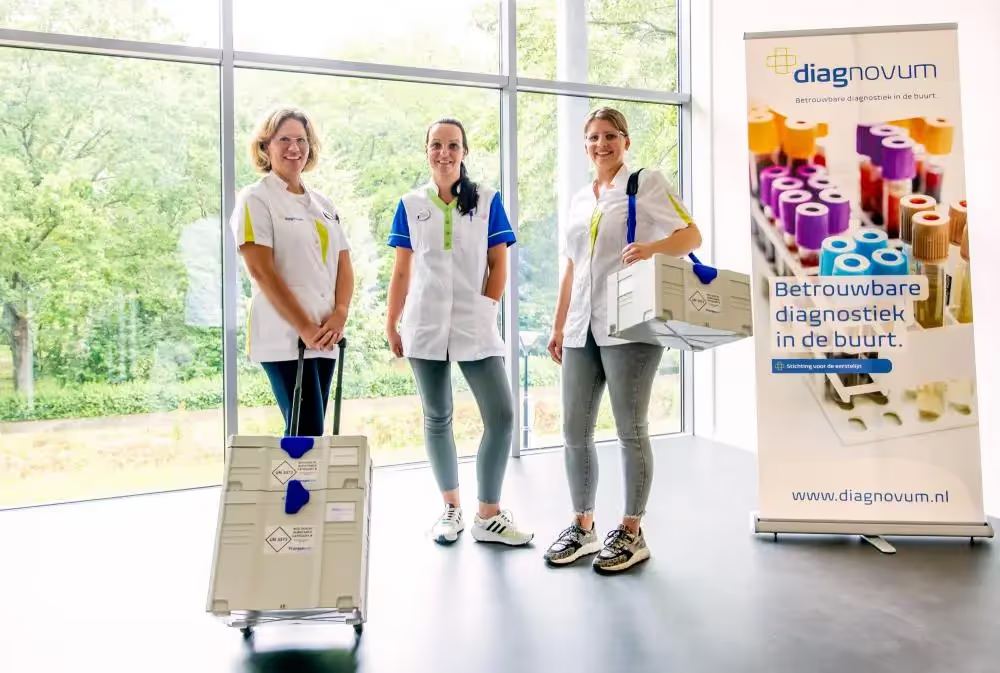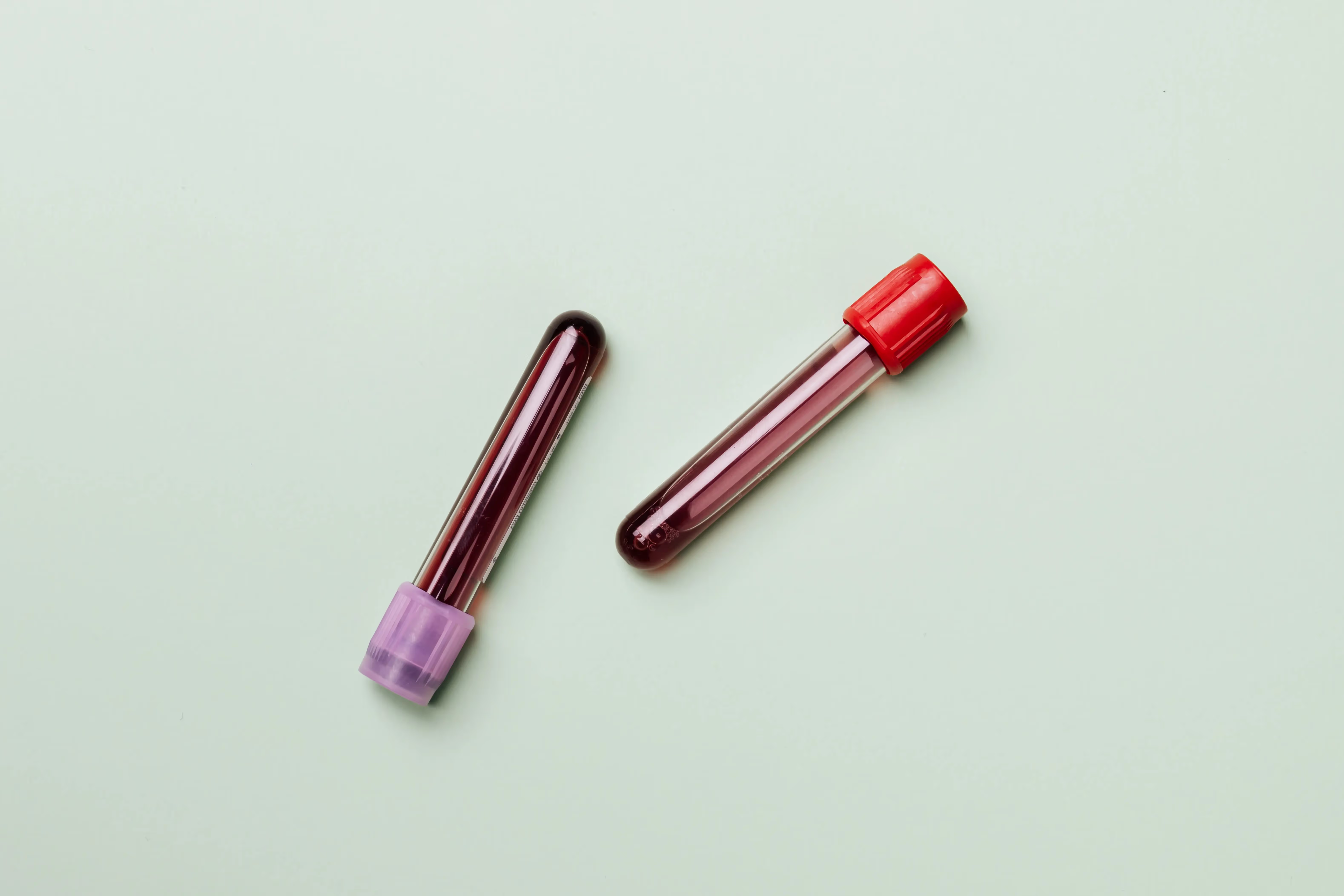Diagnovum: Safeguarding temperature and saving exceptional amounts of time
By implementing Rmoni, Diagnovum now safeguards temperature during transport critical to quality blood samples.

Safeguarding temperature very easy to use
Automatic emails in case of temperature deviance
Enormous time savings by replacing manual registration

Diagnostic services and blood sample collection
Diagnovum offers diagnostic services in the regions Mid- and West-Brabant and Zeeland. General practitioners, obstetricians and specialists in hospitals are gratefully using these services. Thanks to Diagnovum, patients can give blood samples at specific locations near their homes.
The organisation also prevents unnecessary repetition of research, which is both pleasant for patients, and keeps the pace high. Diagnovum works in close cooperation with the Elisabeth-Tweesteden hospital (ETZ), the Bravis hospital, the ZorgSaam hospital and the Admiraal De Ruyter hospital (ADRZ).
Everything depends on temperature
Blood collection is done according to NVKC regulations. In order to guarantee the quality of the samples, laboratories express certain demands for transport. One of the demands Diagnovum needs to meet is the safeguarding of temperatures.
Blood samples can’t drop to temperatures below 12 °C or rise above 25 °C. In such a case, the sample material will start deteriorating, which could lead to faulty diagnostics. This is why it is important to monitor temperatures, including during transport from blood sample collection locations to the various hospitals.
Calibrating Rmoni’s temperature loggers
Diagnovum uses Rmoni to monitor temperatures during transport. The ETZ and Bravis hospitals were already working with Rmoni, meaning both these hospitals’ employees and Diagnovum’s staff are familiar with Rmoni’s systems and software. Rmoni’s temperature loggers also turned out to be incredibly easy to use.
For the phlebotomists collecting the blood samples, it is as easy as turning the loggers on and off at the start and the end of their routes. The loggers’ sensors are perfectly calibrated to the needs of Diagnovum, and register temperature as accurately as down to half a degree Celsius. That calibration happens according to the requirements of ISO 17025.
Stabilizing temperature in case of deviations
Every phlebotomist uses a suitcase for transport. The case contains stabilizers and a temperature strip. That strip performs rough temperature measurements. Whenever there is a rise or drop in temperature, the phlebotomist can use the stabilizers to cool down or warm the case.
The loggers are additional to the measurements the temperature strips record. They take care of registration and give off signals when the temperature norms are exceeded. At the moment, Diagnovum uses six of their own loggers and seven loggers from the ETZ.
Diagnovum has about 150 phlebotomist employees that take the loggers along randomly. This random sampling registration has delivered very good practical results, so far.
Exceptional amounts of time saved
Marja Simons, quality manager: “The time saved is exceptional. Before, phlebotomists had to take along forms to be filled out manually. With these temperature loggers, this is no longer necessary. When the employee returns, Rmoni’s access point at the hospital automatically reads the logger’s data.”
“When temperature norms are exceeded during transport, a red light switches on. The system then instantly sends an email to the regional coordinator. They then check what happened and what might have gone wrong. Meanwhile, we set apart the sample material while a clinical chemist analyzes it for usability. By monitoring the temperature this way, the quality of the sampled material is always guaranteed.”




